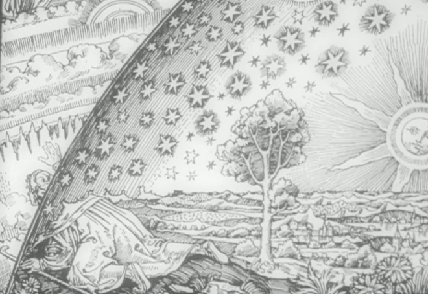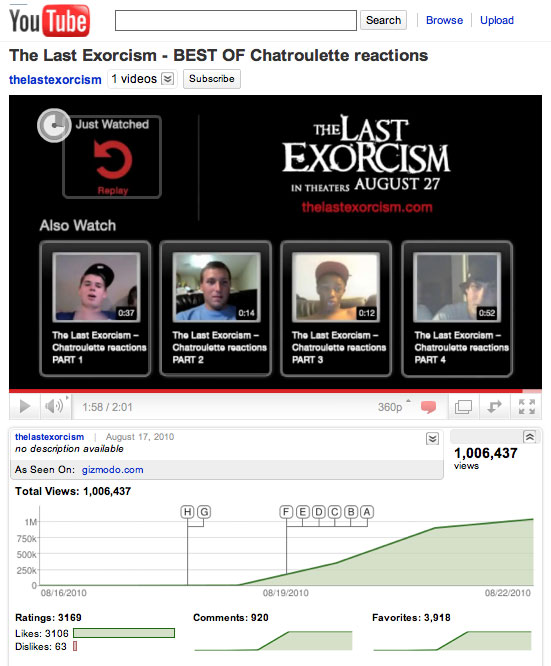By Nathaniel Hansen, CEO, The Socializers
If more Marketing Managers at Fortune 500 companies/major media companies truly understood the potential of future media delivery channels like GoogleTV PAIRED WITH “content-informing-intelligence”, there would be a mass re-organization of dinosaur-age ad/marketing agencies whose teams have yet to even train in social monitoring/intelligence tools AND have none of the talent-identification capabilities that a CAA or William Morris has. Those same Marketing Managers would then turn to social business agencies for the following process:
(a) pre-product dev intelligence gathering/listening,
(b) demographic-savvy content/product design RELATED TO what is discovered/analyzed from conversations in the social fabric of the internet,
(c) Relationship Architecting with related Social Strategy to identify ideal Key Influencers (and their content), thus paving the way for seamless and swift introduction of said content into the fabric of communities hungry for it,
(d) on-going listening that creates a virtuous cycle of this process.
The future leaders of transmedia will use the process above as just one of their approaches in expanding possibility for those who interact with media, advertisers, media/content producers AND communications entities. Transmedia and the associated processes that will bring this fabulous new way of interactive relationship to programming IS the future of CONTENT IDENTIFICATION AND PRODUCTION.
Colin Donald of FUTURESCAPE.TV says it best in the following comment on an article entitled Struggling for control: The humble channel-zapper is evolving in ways that will shape television’s futurein a recent edition of The Economist magazine:
“Internet-connected TVs lead to massively increased choice and require next-generation EPGs to help viewers navigate the wealth of content.
One solution backed by many in the industry, like Rovi, is to develop social EPGs that let friends recommend TV shows and videos to each other, via social networks or via systems which use data from social networks.
However, the implications are even more radical than your article suggests.
When Futurescape.TV recently researched this nascent social TV sector, we concluded that Facebook and Twitter are already battling for key roles in the TV industry as Internet-connected televisions transform TV into a social medium.
The two social networks have an actual or potential commercial role across the entire TV value chain.
For instance:
Global pay-TV, estimated at $250bn in 2014, needs social recommendation and discovery services because these encourage viewers to subscribe to more expensive packages and buy more video-on-demand – Facebook and Twitter are both major providers of social data.
Facebook in particular has a highly developed social graph of people’s relationship with entertainment content, from the ubiquitous Like button, integrated into many broadcasters’ Web sites. Both it and Twitter own considerable, detailed data about people’s behaviour, such as discussing TV shows and sharing links to videos.
As your article described, set-top box middleware and EPG providers similarly need social network data for recommendation and discovery – the European EPG market alone will be worth $555m by 2014.
TV manufacturers’ strategy to provide video-on-demand direct to viewers also requires social recommendation, while their connected TV apps enable viewers to interact with Facebook and Twitter on home TV sets. Facebook aims to tap the $180bn worldwide TV ad market, competing with broadcasters for brand advertising – Google TV and similar Web-on-TV systems will put Facebook and Twitter targeted ads on TV screens.
Facebook and Twitter buzz affects TV ratings, while broadcasters that use the social networks for viewer engagement are effectively sharing their audiences with them.
The social networks know in real time how people react to TV programming – this is an essential supplement to Nielsen-type viewing data.
Integrating social networks with EPGs is only one manifestation of a profound and permanent change in the television industry, a change through which Facebook and Twitter are positioning themselves as major industry players.”
The teams working on Oprah’s new cable channel and on eBook sales strategy at Bertelsmann’s Random House are contending with issues related to the new possibilities in transmedia and how to make content delivery platforms lucrative for their shareholders WHILE giving users the most flexibility in interacting with their portfolios of content. Those media publishers who acknowledge the value in being customer-centric vs. product-centric in their offering AND develop platforms that allow maximum interactivity WILL win!
To quote Ali Valdez, a senior Microsoft sales leader, “Their customers will be their marketers. Their customers’ social network friends will be their new customers. Full transparency, good and bad, will drive innovation and competitive pricing. The consumer will win. Those brands that enable consumer victory will share in the bounty.”
TO SUM UP: Combining research from tools like Recorded Future, the world’s first temporal analytics engine (a video intro to Recorded Future here), and Radian6, a leading social media/network monitoring solution, media companies now have the opportunity to LISTEN to audiences that have OPTED OUT of traditional marketing channels and are OPTING INTO new, socially chosen/recommended channels. They then are able to match valuable information from conversations within the social fabric of the internet WITH market trends and probable future events to create product/service/content offerings with previously un-paralleled precision. Existing portfolios of content may be re-purposed into countless monetizable and USER-GENERATED interactive communities.
Understanding the future requires observation and listening and it is a Chief Customer Officer who will teach this to marketing staff, brand managers and community managers.




